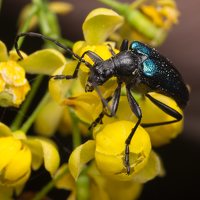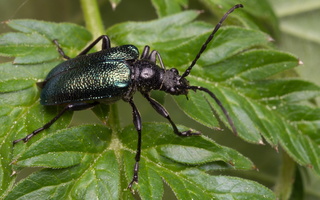- sort orderDefault
Photo title, A → Z
Photo title, Z → A
✔ Date created, new → old
Date created, old → new
Date posted, new → old
Date posted, old → new
Visits, high → low
Random - Google Map
- map
 home / Insecta · vabzdžiai / Coleoptera · vabalai / Cerambycidae · ūsuočiai / Gaurotes virginea · raudonpilvis eglėlindis
home / Insecta · vabzdžiai / Coleoptera · vabalai / Cerambycidae · ūsuočiai / Gaurotes virginea · raudonpilvis eglėlindis

-
 Gaurotes virginea · raudonpilvis eglėlindis
Gaurotes virginea · raudonpilvis eglėlindis
-
 Gaurotes virginea · raudonpilvis eglėlindis
Gaurotes virginea · raudonpilvis eglėlindis
-
 Gaurotes virginea · raudonpilvis eglėlindis
Gaurotes virginea · raudonpilvis eglėlindis
-
 Gaurotes virginea · raudonpilvis eglėlindis
Gaurotes virginea · raudonpilvis eglėlindis
-
 Gaurotes virginea · raudonpilvis eglėlindis
Gaurotes virginea · raudonpilvis eglėlindis
-
 Gaurotes virginea · raudonpilvis eglėlindis
Gaurotes virginea · raudonpilvis eglėlindis
-
 Gaurotes virginea · raudonpilvis eglėlindis
Gaurotes virginea · raudonpilvis eglėlindis
-
 Gaurotes virginea · raudonpilvis eglėlindis
Gaurotes virginea · raudonpilvis eglėlindis
-
 Gaurotes virginea · raudonpilvis eglėlindis
Gaurotes virginea · raudonpilvis eglėlindis
-
 Gaurotes virginea · raudonpilvis eglėlindis
Gaurotes virginea · raudonpilvis eglėlindis
-
 Gaurotes virginea · raudonpilvis eglėlindis
Gaurotes virginea · raudonpilvis eglėlindis
-
 Gaurotes virginea · raudonpilvis eglėlindis
Gaurotes virginea · raudonpilvis eglėlindis
Gaurotes virginea · raudonpilvis eglėlindis
- Carilia virginea
- Blaubock
- Sinijäärä
- raudonpilvis eglėlindis, raudonpilvis medkirtis
- sichrawa górska
- blåbock
https://en.wikipedia.org/wiki/Gaurotes_virginea
This beetle is distributed in most of Europe and in the eastern Palearctic realm (Russia, Kazakhstan, China, Mongolia, Korea). They inhabit spruce forests. The life cycle of these beetles lasts two years. Larvae are oligophagous wood borers in coniferous trees, they live under the bark and mainly feed on Scots pine (Pinus sylvestris), Norway spruce (Picea abies), Abies and Larix species. Adult beetles can be found from May to August. Adult beetles feed on pollen of various flowers, especially on Heracleum sphondylium.
Gaurotes virginea has a body length of 7–13 mm. These beetles are quite robust, elytra are bright blue with a metallic sheen. Pronotum is black, reddish or black with rusty spots. The abdomen is usually reddish, but some subspecies are characterized by a totally black prothorax and black abdomen. This species is rather similar to Dinoptera collaris, but G. virginea is bright blue with strong metallic reflections while D. collaris is bright black without metallic reflections. Moreover, the first species shows an obtuse tooth on the sides of the prothorax, while in the second the sides of the prothorax are rounded.
Kūnas 9 - 12 mm ilgio. Juodas, pilvelis raudonas. Kojos juodos. Antsparniai mėlyni arba žali, kartais šviesiai melsvi arba beveik juodi. Antenos išaugusios prieš pat akis. Priešnugarėlės šonuose yra aiškus, bukas, nedidelis gumburėlis. Vabalai skraido gegužės – rugpjūčio mėn. Randami ant įvairių, ypač skėtinių, augalų žiedų spygliuočių miškuose ar šalia jų. Lervos vystosi po spygliuočių medžių žieve.
Subfamily: Lepturinae · grakštenėnai